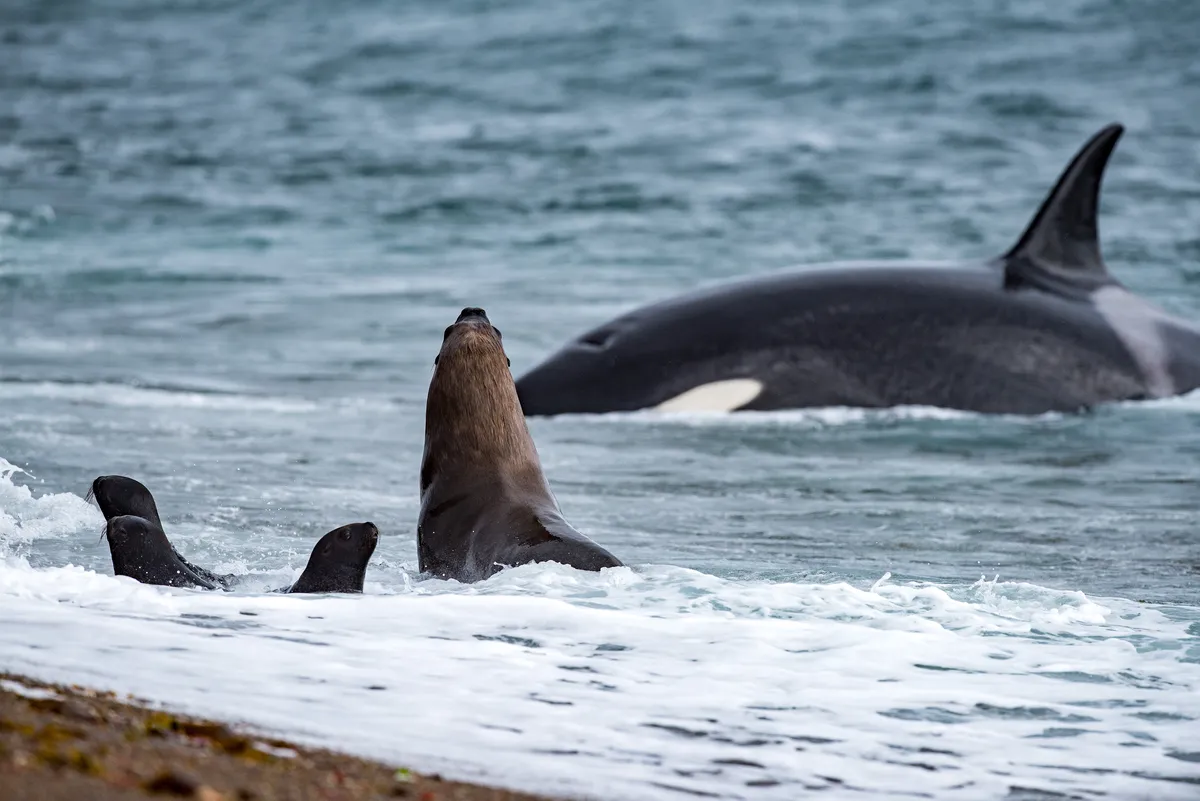PCBs (polychlorinated biphenyls), man-made organic chemicals that were once widespread in a variety in industrials uses, are still affecting populations of orcas in several parts of the world, despite being banned for since the early 1980s.
“The findings are surprising,” suggests Jean-Pierre Desforges of Denmark’s Aarhus University. “Over half of the studied orca populations around the globe are severely affected by PCBs.”
Orcas are found in all the world’s oceans, however the situation is worst around Brazil, the Strait of Gibraltar, the northeast Pacific and around the UK, where populations have virtually halved over the past 50 years.
“In these areas, we rarely observe newborn orcas,” says Professor Ailsa Hall, director of the Sea Mammal Search Unit at the University of St Andrews.
“As the effects have been recognised for more than 50 years, it is frightening to see that the models predict a high risk of population collapse in these areas within a period of 30-40 years,” adds Desforges.

Because of the orcas’ position at the top of a very long food chain coupled with the fact that these synthetic chemical compounds – originally manufactured from the 1930s as coolants and used in electronics and plastics – are very slow to degrade, toxic residues are consumed sea creatures and passed on in increasingly high concentrations.
Contamination appears to be worse in areas where the orcas’ diet comprises seals and large fish such as tuna and sharks.
“We know that PCBs deform the reproductive organs of animals such as polar bears,” says Professor Rune Dietz of the Department of Bioscience and Arctic Research Centre at Aarhus University who initiated the study and is co-author of the paper. “It was therefore only natural to examine the impact of PCBs on the scarce populations of orcas.”
The situation is markedly better in the oceans surrounding the Faroe Islands, Iceland, Norway, Alaska and the Antarctic where orcas feed primarily on small-sized fish such as herring and mackerel.
